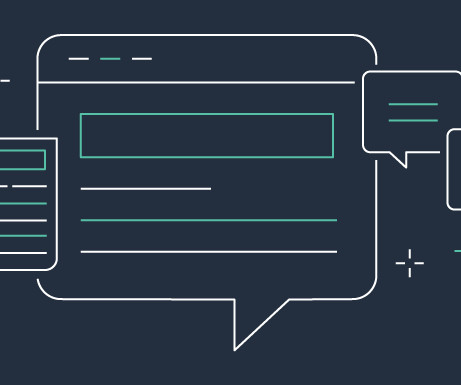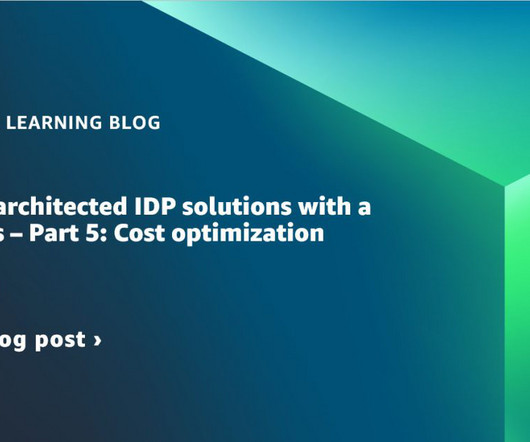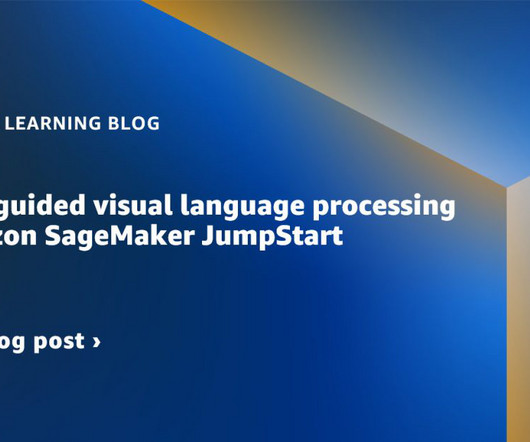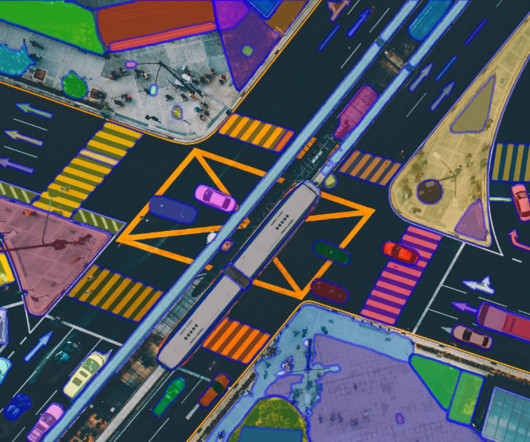Understanding Graph Neural Network with hands-on example| Part-1
Becoming Human
MARCH 16, 2023
A typical application of GNN is node classification. GNNs are a hybrid of an information diffusion mechanism and neural networks that are used to process data, representing a set of transition functions and a set of output functions. Graph Classification: The goal here is to categorize the entire graph into various categories.















Let's personalize your content